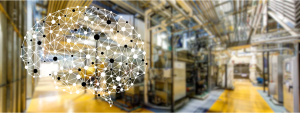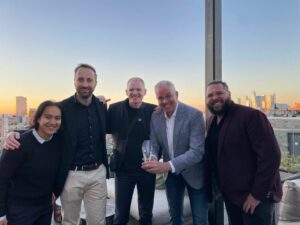Newsroom.
Welcome to our news page, where we share the latest company updates and recent advancements in technology and data centers. Stay tuned for news on our initiatives and the trends shaping the tech industry.
How Digital Realty is Using AI to Build the World’s Most Sustainable Data Centers
Digital Realty, one of the world’s largest data center operators, is leveraging AI-driven solutions from Coolgradient to optimize energy efficiency and sustainability. This collaboration was recently presented at the Green Data Center Conference.
How data centers improve their sustainability with AI – an interview with the Dutch Data Center Association
Artificial Intelligence (AI) is one of the most frequently used terms in the data center industry. However, this brings the risk of losing sight of the bigger picture…
Coolgradient recieves MIT R&D research grant with Syntho
We are thrilled to announce that Coolgradient and Syntho have been awarded a research grant.
Coolgradient Wins Prestigious Impact Award for its contribution to making data centers more sustainable.
Coolgradient is chosen as one of the top 10 companies for the 2023 US East Coast ScaleNL accelerator program…
Coolgradient delivers 14,000 MWh in Energy Savings
Coolgradient is proud to announce another significant milestone in our journey toward intelligent and sustainable data center operations…
Coolgradient selected for the 2023 ScaleNL US Accelerator program
Only 10 could make it, and Coolgradient is one of them!










